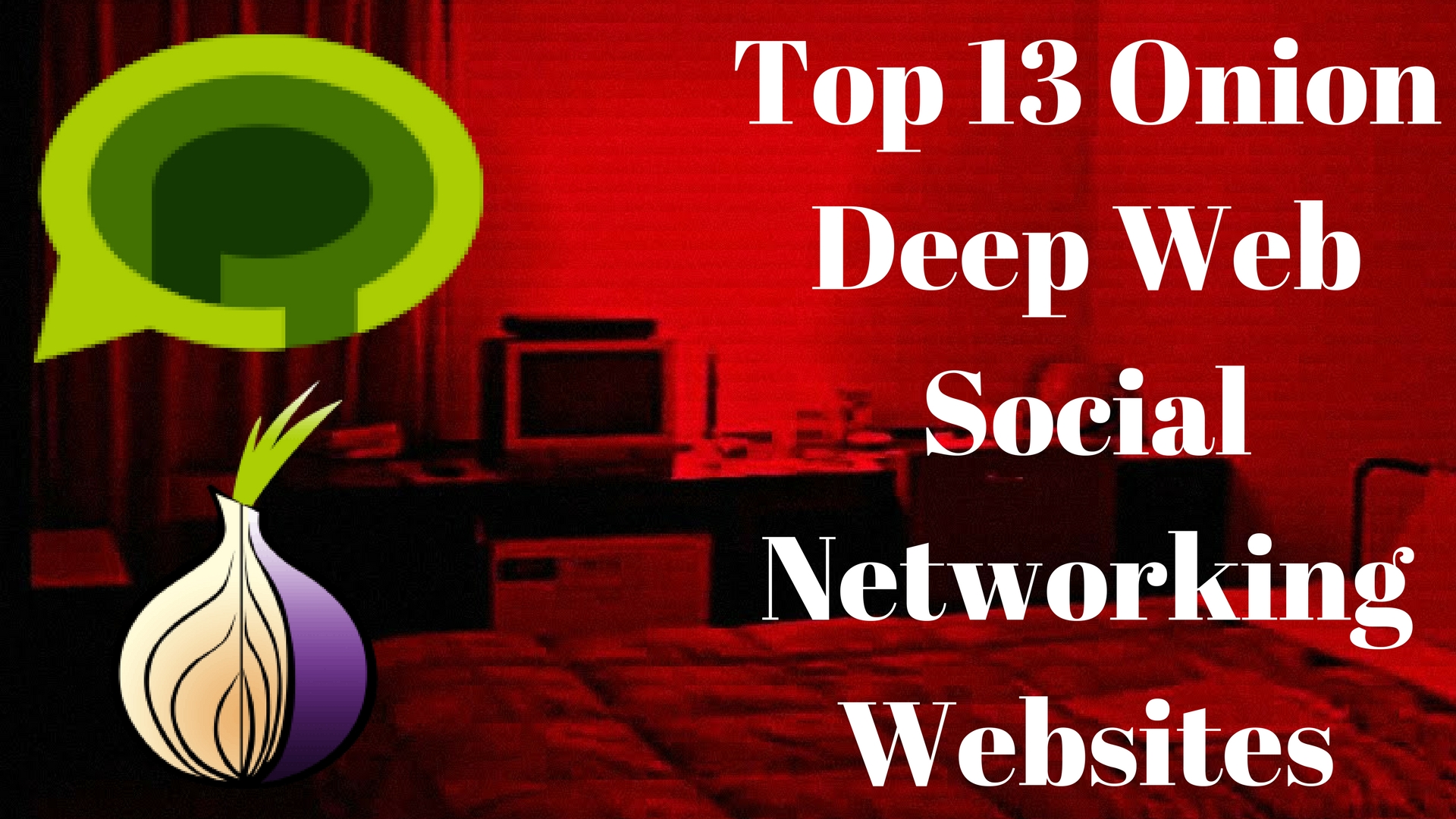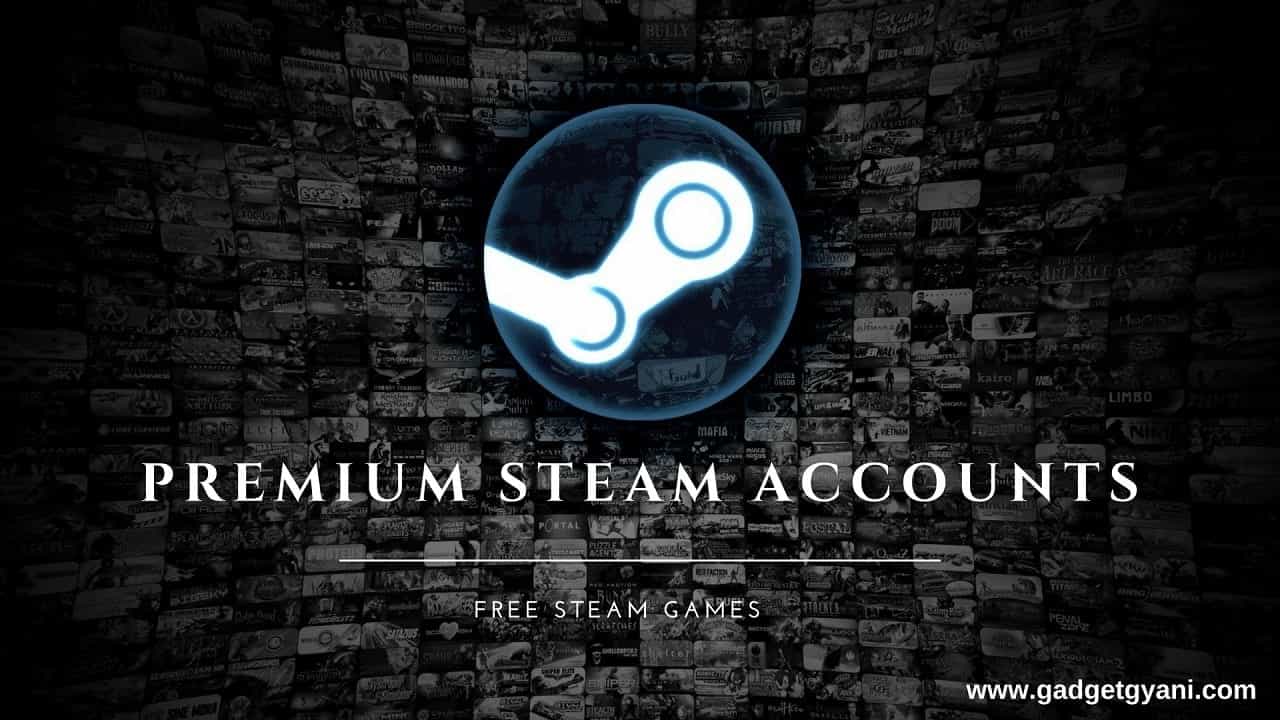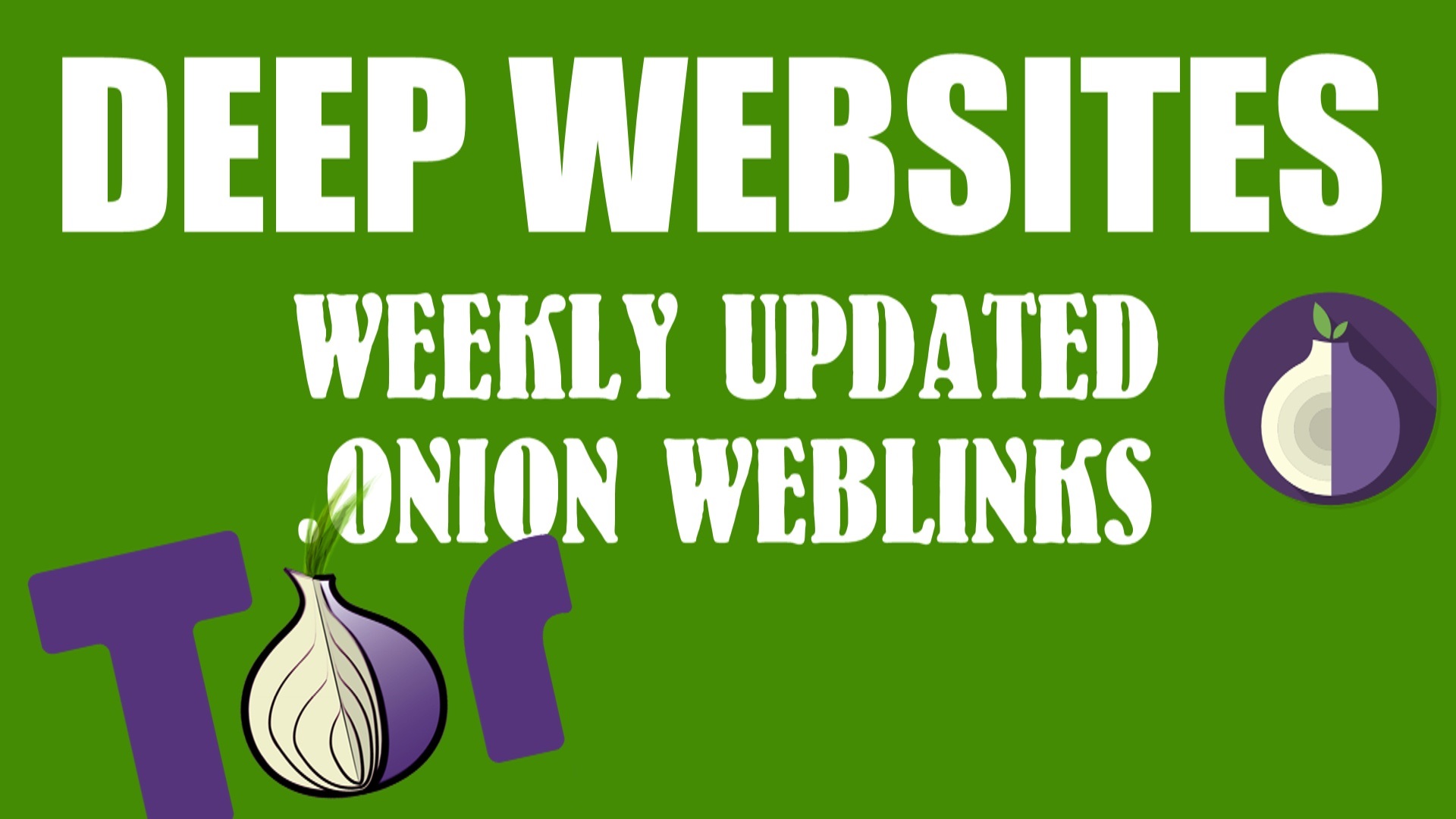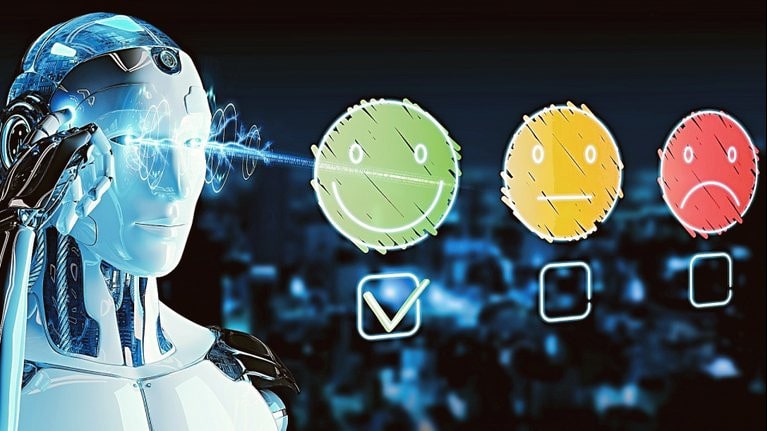Introduction
Technology is constantly evolving, and the latest trends are always changing. In this essay, we will discuss some of the most important technology trends that are expected to shape the world in 2023 and beyond.
Artificial Intelligence (AI)
Artificial intelligence (AI) is one of the most important technology trends of the 21st century. AI is already being used in a variety of ways, from powering self-driving cars to helping doctors diagnose diseases. In the years to come, AI is expected to have an even greater impact on our lives.

For example, AI is being used to develop new medical treatments, create more efficient transportation systems, and improve our understanding of the world around us. AI is also being used to create new forms of entertainment, such as virtual reality and augmented reality.
Artificial intelligence (AI) is a branch of computer science that deals with the creation of intelligent agents, which are systems that can reason, learn, and act autonomously. AI research has been highly successful in developing effective techniques for solving a wide range of problems, from game playing to medical diagnosis.
The latest trends in AI technology include:
- Deep learning: Deep learning is a type of machine learning that uses artificial neural networks to learn from data. Deep learning has been used to achieve state-of-the-art results in a wide range of tasks, including image recognition, natural language processing, and speech recognition.
- Generative AI: Generative AI is a type of AI that can create new data, such as images, text, and music. Generative AI is being used to develop new applications in a variety of fields, including healthcare, finance, and entertainment.
- Explainable AI: Explainable AI (XAI) is a field of research that focuses on developing AI systems that can explain their decisions. XAI is important for ensuring that AI systems are fair and transparent, and for building trust with users.
AI is a rapidly evolving field, and new trends are emerging all the time. These trends are having a major impact on a wide range of industries, and they are likely to continue to do so in the years to come.
Here are some specific examples of how AI is being used in different industries:
- Healthcare: AI is being used to develop new drugs, diagnose diseases, and provide personalized treatment plans. For example, IBM’s Watson AI system is being used by oncologists to help them make more informed decisions about cancer treatment.
- Finance: AI is being used to automate tasks, such as fraud detection and risk assessment. For example, Goldman Sachs is using AI to detect fraudulent financial transactions.
- Retail: AI is being used to personalize shopping experiences, recommend products, and optimize inventory management. For example, Amazon is using AI to recommend products to customers based on their past purchases.
These are just a few examples of how AI is being used today. As AI technology continues to develop, we can expect to see even more innovative applications in the years to come.
Virtual Reality (VR) and Augmented Reality (AR)
Virtual reality (VR) and augmented reality (AR) are two other technology trends that are expected to have a major impact in the years to come. VR creates a fully immersive experience that allows users to interact with a virtual world. AR overlays digital information onto the real world, allowing users to see and interact with digital objects in the real world.
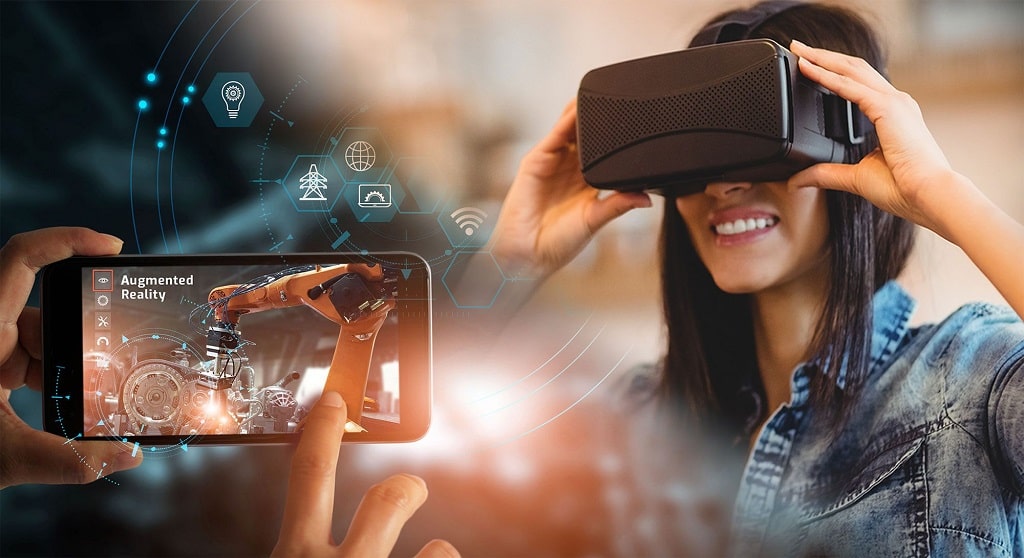
Both VR and AR are still in their early stages of development, but they have the potential to revolutionize a variety of industries, including gaming, education, healthcare, and manufacturing. For example, VR can be used to train surgeons, provide students with a hands-on learning experience, and help people with disabilities interact with the world around them.
Virtual reality (VR) and augmented reality (AR) are two emerging technologies that are quickly gaining popularity. VR creates a simulated environment that users can interact with, while AR overlays digital information onto the real world.
The latest trends in VR and AR technology include:
- Lower prices: VR and AR headsets are becoming more affordable, making them more accessible to consumers.
- Improved hardware: VR and AR headsets are becoming more powerful and feature-rich, providing a more immersive experience.
- More content: There is a growing library of VR and AR content, including games, apps, and experiences.
- New applications: VR and AR are being used in a variety of new applications, including education, training, healthcare, and entertainment.
VR and AR are still in their early stages of development, but they have the potential to revolutionize the way we interact with the world around us. As the technology continues to develop, we can expect to see even more innovative and exciting applications for VR and AR in the years to come.
Here are some specific examples of how VR and AR are being used today:
- Gaming: VR and AR are being used to create immersive gaming experiences that allow players to feel like they are actually inside the game.
- Education: VR and AR are being used to create interactive educational experiences that make learning more engaging and effective.
- Training: VR and AR are being used to create realistic training simulations that help workers learn new skills and procedures in a safe and controlled environment.
- Healthcare: VR and AR are being used to provide new and innovative treatments for a variety of conditions, including pain management, phobias, and post-traumatic stress disorder.
- Retail: VR and AR are being used to create new shopping experiences that allow customers to virtually try on clothes, furniture, and other products before they buy them.
These are just a few examples of how VR and AR are being used today. As the technology continues to develop, we can expect to see even more innovative and exciting applications for VR and AR in the years to come.
5G
5G is the next generation of cellular network technology. 5G is expected to be much faster than 4G, which will enable new applications such as real-time video streaming, autonomous driving, and remote surgery.
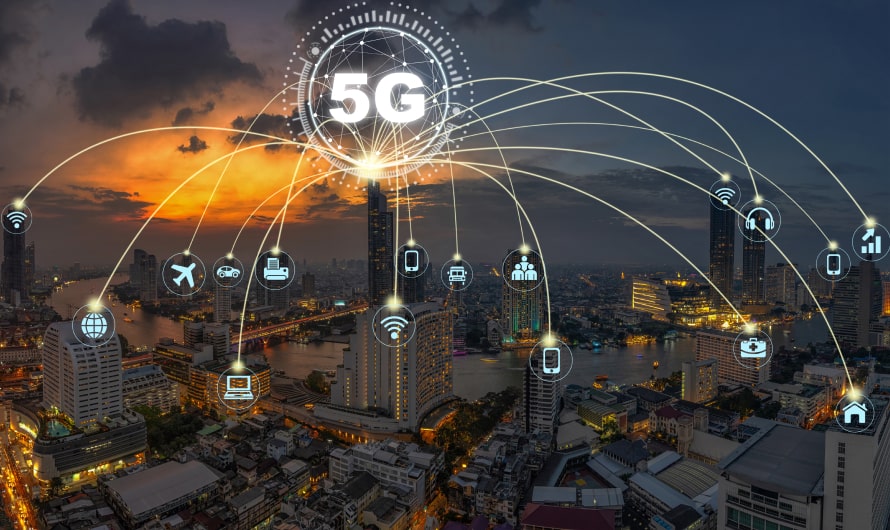
5G is the fifth generation of cellular network technology, which offers faster speeds, lower latency, and increased capacity than previous generations. 5G is expected to enable a wide range of new applications and services, including:
- Virtual reality and augmented reality: 5G’s high speeds and low latency will make it possible to stream high-quality VR and AR content without any lag.
- Self-driving cars: 5G’s high bandwidth will allow self-driving cars to communicate with each other and with traffic infrastructure in real time.
- Remote surgery: 5G’s low latency will make it possible for surgeons to operate on patients remotely, using robots and augmented reality.
- Massive machine learning: 5G’s increased capacity will allow for the training of large machine learning models, which can be used for a variety of tasks, such as facial recognition and natural language processing.
5G is still in its early stages of development, but it has the potential to revolutionize the way we live and work. As the technology continues to develop, we can expect to see even more innovative and exciting applications for 5G in the years to come.
Here are some of the latest trends in 5G technology:
- Massive MIMO: Massive MIMO is a technology that uses multiple antennas to transmit and receive data, which can significantly improve the performance of 5G networks.
- ** Millimeter wave (mmWave):** mmWave is a type of radio wave that can be used to transmit data at very high speeds. However, mmWave waves have a short range, so they are typically used in conjunction with other technologies, such as Massive MIMO.
- Network slicing: Network slicing is a technology that allows multiple virtual networks to be run on the same physical network. This can be used to create dedicated networks for specific applications, such as self-driving cars or virtual reality.
These are just a few of the latest trends in 5G technology. As the technology continues to develop, we can expect to see even more innovative and exciting developments in the years to come.
The Internet of Things (IoT)
The Internet of Things (IoT) refers to the network of physical objects that are connected to the Internet. IoT devices can collect and transmit data about their environment, which can be used to improve efficiency, productivity, and safety.

For example, IoT devices can be used to monitor the condition of machinery in a factory, track the location of assets in a supply chain, and monitor the health of patients in a hospital.
The Internet of Things (IoT) is a system of interrelated computing devices, mechanical and digital machines, objects, animals or people that are provided with unique identifiers and the ability to transfer data over a network without requiring human-to-human or human-to-computer interaction.
The latest trends in IoT technology include:
- 5G connectivity: 5G is the fifth generation of cellular network technology, and it offers significantly faster speeds and lower latency than previous generations. This makes it ideal for IoT applications that require real-time data transfer, such as self-driving cars and industrial automation.
- Edge computing: Edge computing is a distributed computing paradigm that brings computation and data storage closer to the edge of the network. This can improve performance and reduce latency for IoT applications that generate large amounts of data, such as smart cities and connected vehicles.
- Artificial intelligence (AI): AI is being used to power a wide range of IoT applications, from predictive maintenance to fraud detection. AI can help businesses to make more informed decisions, improve efficiency, and reduce costs.
- Blockchain: Blockchain is a distributed ledger technology that can be used to secure and track transactions. This makes it ideal for IoT applications that require secure data transfer, such as supply chain management and healthcare.
- Sustainability: IoT can be used to improve energy efficiency and reduce waste. For example, smart thermostats can automatically adjust the temperature of a home when no one is present, and smart water meters can track water usage.
These are just a few of the latest trends in IoT technology. As the IoT continues to evolve, we can expect to see even more innovative and disruptive applications emerge.
Here are some specific examples of how IoT is being used in different industries:
- Manufacturing: IoT is being used in manufacturing to improve efficiency, quality, and safety. For example, sensors can be used to monitor the performance of machinery, and data analytics can be used to identify and prevent potential problems.
- Retail: IoT is being used in retail to improve customer service, inventory management, and fraud detection. For example, smart shelves can track inventory levels, and smart checkouts can automatically process payments.
- Healthcare: IoT is being used in healthcare to improve patient care, reduce costs, and improve research. For example, wearable devices can track patient vital signs, and remote patient monitoring can allow doctors to monitor patients who are not in the hospital.
- Transportation: IoT is being used in transportation to improve traffic management, reduce emissions, and improve safety. For example, smart traffic lights can communicate with each other to optimize traffic flow, and connected vehicles can share data to prevent accidents.
These are just a few examples of how IoT is being used to improve our lives. As the IoT continues to grow, we can expect to see even more innovative applications emerge.
Blockchain
Blockchain is a distributed ledger technology that allows for secure, transparent, and tamper-proof transactions. It has the potential to revolutionize many industries, including finance, healthcare, supply chain management, and government.
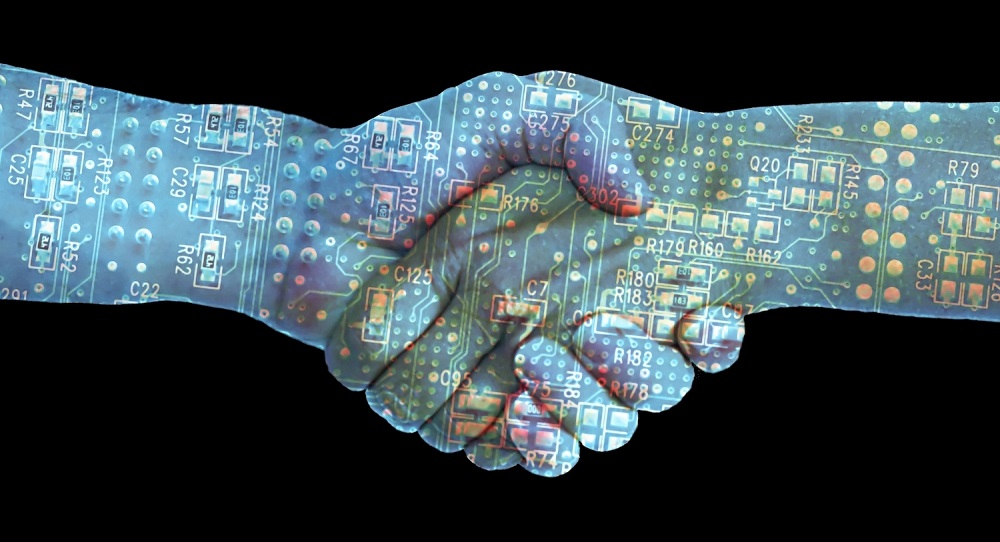
Here are some of the latest trends in blockchain technology:
- Enterprise blockchain: Enterprise blockchain is a type of blockchain that is designed for use by businesses. It is often more centralized than public blockchains, and it can be customized to meet the specific needs of a business.
- Consortium blockchain: A consortium blockchain is a type of blockchain that is owned and operated by a group of organizations. This can be a good option for businesses that want to collaborate on a project but do not want to share all of their data with each other.
- Public blockchain: A public blockchain is a type of blockchain that is open to anyone to join. This makes it a good option for applications that require a high degree of transparency, such as voting and supply chain management.
- Privacy-preserving blockchain: Privacy-preserving blockchain is a type of blockchain that allows for transactions to be kept private. This can be important for applications that deal with sensitive data, such as healthcare and financial services.
- Scalability: Scalability is a major challenge for blockchain technology. As the number of users and transactions on a blockchain increases, the network can become slow and expensive to use. There are a number of projects underway to address this challenge, including the development of new consensus algorithms and the use of sidechains.
Blockchain is a rapidly evolving technology, and it is difficult to predict which trends will emerge in the future. However, it is clear that blockchain has the potential to revolutionize many industries and change the way we live and work.
Here are some specific examples of how blockchain is being used in different industries:
- Finance: Blockchain is being used in finance to create new financial products and services, such as decentralized exchanges and smart contracts. It is also being used to improve the efficiency of existing financial processes, such as clearing and settlement.
- Healthcare: Blockchain is being used in healthcare to improve the security and privacy of patient data, and to streamline the process of clinical trials. It is also being used to create new applications, such as decentralized healthcare applications and electronic health records.
- Supply chain management: Blockchain is being used in supply chain management to improve the transparency and traceability of goods. It is also being used to reduce costs and improve efficiency.
- Government: Blockchain is being used by governments to improve the efficiency of government services, such as voting and land registry. It is also being used to create new applications, such as decentralized identity and smart contracts.
These are just a few examples of how blockchain is being used today. As the technology continues to develop, we can expect to see even more innovative applications emerge.
Blockchain is a distributed ledger technology that can be used to record transactions securely and permanently. Blockchain is often used to create cryptocurrencies, such as Bitcoin, but it has the potential to be used for a variety of other applications, such as tracking supply chains and managing digital identities.
Also Read:- All you Need To Know About Bitcoin Blockchain | The Concept
Quantum Computing
Quantum computing is a new type of computing technology that uses the principles of quantum mechanics to perform calculations that are impossible for traditional computers. Quantum computers are still in their early stages of development, but they have the potential to revolutionize a variety of industries, such as drug discovery, financial modeling, and materials science.

Quantum computing is a rapidly developing field with a wide range of potential applications. Some of the latest trends in quantum computing include:
- Increase in qubit count and coherence times: The number of qubits (quantum bits) in a quantum computer is an important metric of its power. As the number of qubits increases, so does the computational power of the device. Coherence time is the amount of time that a qubit can maintain its quantum state. Longer coherence times allow for more accurate and reliable quantum computations.
- Development of quantum error correction: Quantum error correction is a technique that can be used to reduce the number of errors that occur during quantum computations. This is essential for building practical quantum computers.
- Advances in quantum software: Quantum software is the software that is used to program and run quantum computers. There has been significant progress in this area in recent years, and new quantum algorithms and software tools are being developed all the time.
- Increased interest from industry and government: The potential applications of quantum computing are vast, and there is growing interest in the field from both industry and government. This is leading to increased funding for research and development in quantum computing.
These are just a few of the latest trends in quantum computing. The field is rapidly evolving, and it is exciting to see what the future holds.
Here are some specific examples of how quantum computing could be used in the future:
- Drug discovery: Quantum computers could be used to simulate the behavior of molecules, which could help researchers to design new drugs more quickly and efficiently.
- Materials science: Quantum computers could be used to design new materials with improved properties, such as strength, conductivity, and durability.
- Finance: Quantum computers could be used to develop new financial models and algorithms, which could help to reduce risk and improve profits.
- Cryptography: Quantum computers could be used to break current encryption standards, which could have a major impact on security and privacy.
These are just a few of the many potential applications of quantum computing. The field is still in its early stages, but it has the potential to revolutionize many industries.
Conclusion
These are just a few of the most important technology trends that are expected to shape the world in 2023 and beyond. As technology continues to evolve, it is important to stay up-to-date on the latest trends so that you can make informed decisions about your career and your investments.
Highly searchable keywords
- artificial intelligence
- virtual reality
- augmented reality
- 5G
- Internet of Things (IoT)
- blockchain
- quantum computing




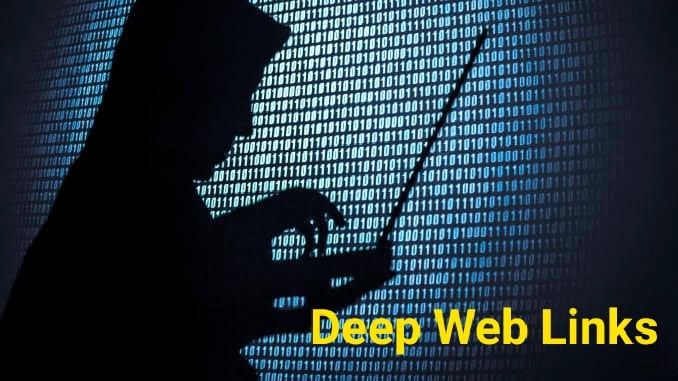

![[Top 9] Chat Forums on Deep Web | Deep Web Chat Rooms | Enter At Your own Risk Top 9 Chat Forums on Deep Web, The Lolita City, onion deep web, dark web lolita, lolita city,](https://www.gadgetgyani.com/wp-content/uploads/2018/03/deep-web-CHAT-FORUMS.jpg)
